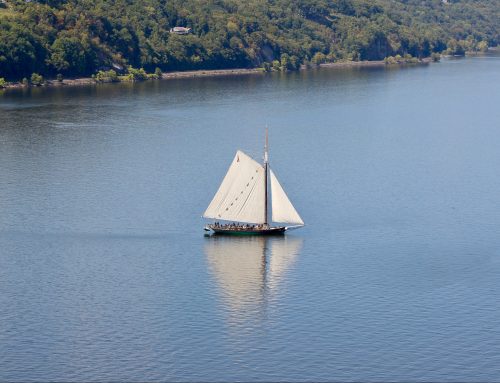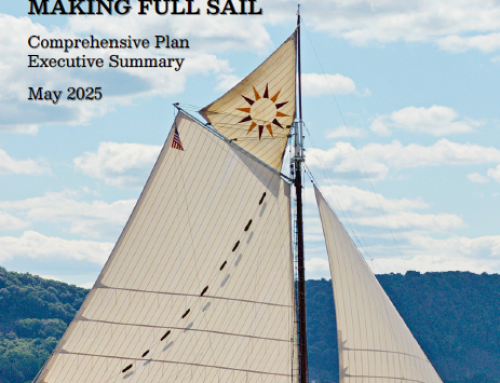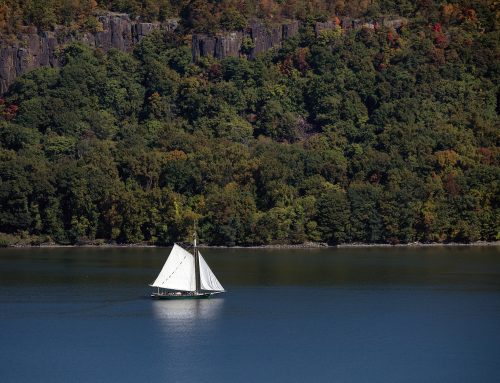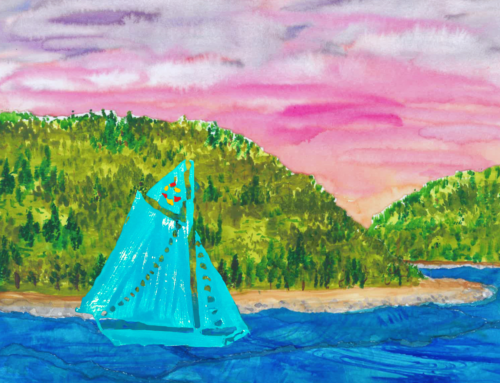Press Contact: Linda Rohleder
Lower Hudson Partnership for Regional Invasive Species Management
lrohleder@nynjtc.org
Toni Martin, Hudson River Sloop Clearwater, Toni@Clearwater.org
Hundreds of volunteers armed with shovels, saws, and determination will soon fan out over parks, waterways, wildlife preserves and other natural areas to tackle unwanted species during New York’s second annual Invasive Species Awareness Week. Everyone is encouraged to find a local event and join in the battle against these alarming threats to our ecological community.
Invasive Species Awareness Week, July 12-18, aims to help the public understand how invasive species are altering our ecosystem and what citizens can do to contain them. In addition to invasives education and prevention events throughout the week, anyone wishing to help “stop the spread” is encouraged to:
– Learn to recognize invasive species at nyis.info and report new or expanded appearances to nyimapinvasives.org.
– Clean hiking boots, boats and trailers, off-road vehicles and other gear to stop invasives from spreading to new areas.
– Never dump aquariums or live bait into waterways.
– Never move firewood; instead, buy or gather it from the area where it will be burned.
– Volunteer to help remove invasive species from natural areas.
– Contact local, state and national representatives to let them know you support invasive species control efforts.
It is now illegal in New York to buy, sell or transport 126 invasive species such as Japanese knotweed (Fallopia japonica; a fast-growing plant that destroys riparian habitats and significantly alters natural habitats) and hydrilla (Hydrilla verticillata; an aquatic plant that chokes waterways and crowds out native plants). The good news is that for every invasive plant on the list, there are native plant alternatives that are just as beautiful and provide the food and shelter needed by wildlife. Japanese knotweed, for example, can be replaced with ninebark (Physocarpus opulifolius), buttonbush (Cephalanthus occidentalis), fragrant sumac (Rhus aromatica) and many other natives. See lhprism.org/document/plantwise-ny-brochure for suggestions, or browse through the Lady Bird Johnson Native Plant Center’s website, wildflower.org.
Opportunities during Invasive Species Awareness Week in the Hudson Valley area include training on how to identify invasive plants and invasive aquatic organisms, volunteer work days to remove invasive plants, informative talks, walks and a sail on the Hudson.
Invasive Species Sail – July 12, 6-8pm in Poughkeepsie
Join us for a sail on the legendary sloop Clearwater to learn how aquatic invasive species have impacted the Hudson River, and what we can do to prevent their spread. We will learn how to identify common aquatic invasive species, and ones to be on the lookout for. Aquatic invasive species continue to have a big impact on the Hudson River, and it is up to us to stop their spread. For more information, email invasives@clearwater.org.
Aquatic Invasive Species Identification/Surveying Training – July 16, 1-3pm in Croton-on-Hudson
Come learn how to identify and survey for aquatic invasive species that are in or approaching the region on Thursday, July 16, 1:00-3:00PM at Black Rock Park in Croton-on-Hudson. Surveys are done using the rake-toss method from shore. The training will take place at the site of a recently discovered hydrilla infestation. Hydrilla is considered one of the worst aquatic invasive weeds, and it is now infesting the Croton River in Westchester, NY. We will be surveying waterbodies throughout the Lower Hudson region to determine how far, if at all, the plant has spread.
See the full list of events at lhprism.org/view/events
About The Lower Hudson Partnership for Regional Invasive Species Management
The Lower Hudson Partnership for Regional Invasive Species Management (LH-PRISM) monitors and manages invasive species in our area. There are eight PRISMs in New York State, formed at the recommendation of the 2005 NYS Invasive Species Task Force, to help prevent or minimize the harm caused by invasive species. PRISMs coordinate invasive species management, recruit and train citizen volunteers, provide education and outreach, establish early detection monitoring networks and implement direct eradication and control efforts. The Lower Hudson PRISM is hosted and coordinated by the non-profit New York-New Jersey Trail Conference and is funded through the New York State Environmental Protection Fund. It serves parts of New York City, the Bronx and six counties on both sides of the Hudson River. Membership is open to individuals and organizations interested in invasive species issues and management. For more information, go to lhprism.org.





